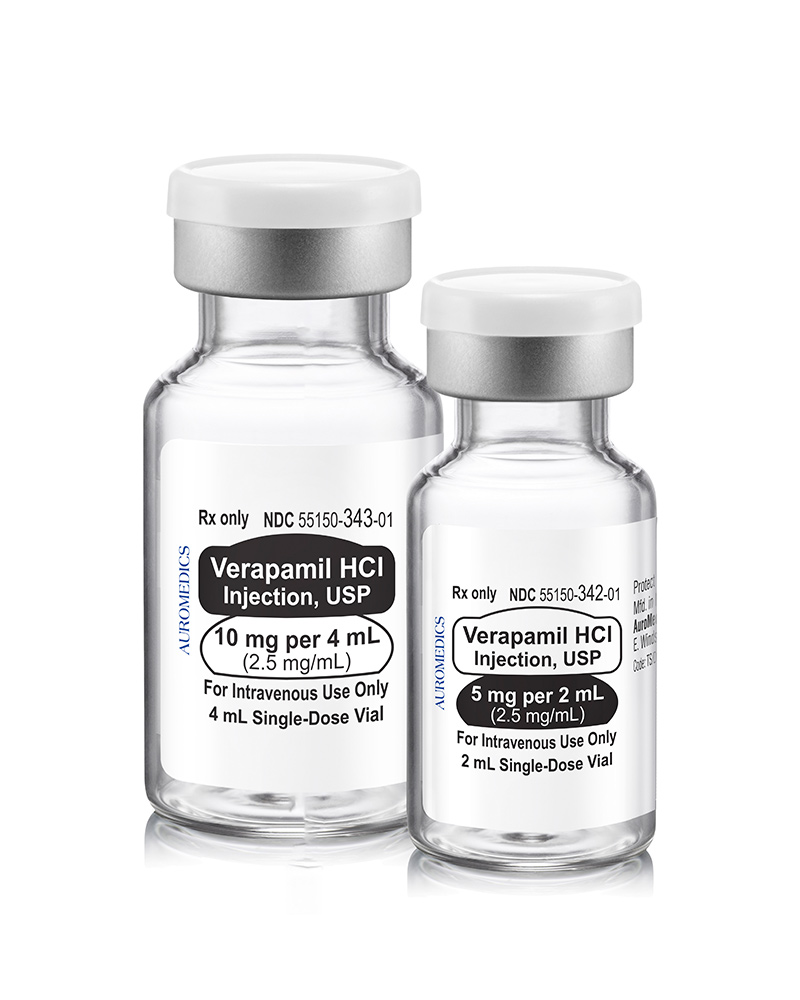Peyronie’s Disease: Symptoms, Causes, Treatment
What are the symptoms of Peyronie’s disease?
Peyronie’s disease is a condition characterized by the development of fibrous scar tissue inside the penis, which can cause the penis to become curved or bent during erections. The symptoms of Peyronie’s disease can vary depending on the individual and the extent of the scar tissue. Common symptoms may include:
- Penile curvature: The most common symptom of Peyronie’s disease is a noticeable curvature or bending of the penis during erections. The curvature may be mild or severe and may worsen over time.
- Penile pain: Some men with Peyronie’s disease may experience pain or discomfort in the penis, particularly during erections or with sexual activity.
- Erectile dysfunction: Peyronie’s disease can lead to erectile dysfunction, making it difficult to achieve or maintain an erection that is firm enough for sexual intercourse.
- Shortening of the penis: In some cases, the development of scar tissue can cause the penis to shorten, particularly on the side of the curvature.
- Penile deformity: In addition to curvature, Peyronie’s disease can cause other penile deformities, such as indentations, narrowing, or hourglass deformities.
- Stress or anxiety: The physical changes caused by Peyronie’s disease can lead to stress, anxiety, or depression, particularly related to sexual function and self-image.
It’s important to note that not all men with Peyronie’s disease will experience symptoms, and the severity of symptoms can vary. If you are experiencing symptoms of Peyronie’s disease, it’s important to consult with a healthcare provider for an accurate diagnosis and to discuss treatment options.
What are the causes of Peyronie’s disease?
The exact cause of Peyronie’s disease is not well understood, but it is believed to involve a combination of genetic, environmental, and anatomical factors. Some possible causes and risk factors for Peyronie’s disease may include:
- Trauma or injury: Injury to the penis, such as during sexual activity or from an accident, can lead to the development of scar tissue and Peyronie’s disease.
- Genetics: There may be a genetic predisposition to Peyronie’s disease, as it tends to run in some families.
- Age: Peyronie’s disease is more common in older men, particularly those over the age of 40.
- Connective tissue disorders: Conditions that affect connective tissue, such as Dupuytren’s contracture (a condition that causes thickening and tightening of the tissue in the palm of the hand) or Ledderhose disease (a condition that causes thickening of the tissue in the feet), may be associated with an increased risk of Peyronie’s disease.
- Inflammation or autoimmune response: Some researchers believe that Peyronie’s disease may be triggered by an inflammatory or autoimmune response in the body, leading to the formation of scar tissue in the penis.
- Risk factors: Certain risk factors, such as smoking, obesity, and diabetes, may increase the risk of developing Peyronie’s disease.
It’s important to note that while these factors may increase the risk of Peyronie’s disease, not all men with these risk factors will develop the condition. The exact cause of Peyronie’s disease is complex and likely involves a combination of factors. More research is needed to fully understand the underlying causes of Peyronie’s disease.
What is the treatment for Peyronie’s disease?
Treatment for Peyronie’s disease depends on the severity of symptoms, the extent of penile curvature, and the impact on sexual function. Treatment options may include:
- Observation: In some cases, Peyronie’s disease may not cause significant symptoms or interfere with sexual function, and no treatment may be necessary. Regular monitoring with a healthcare provider may be recommended to track any changes in symptoms or curvature.
- Medications:
- Oral medications: Medications such as pentoxifylline or colchicine may help reduce pain and plaque formation in some men with Peyronie’s disease.
- Injectable medications: Injecting medications such as verapamil or interferon directly into the plaque may help reduce the size of the plaque and improve penile curvature.
- Penile traction therapy: Traction devices worn on the penis for several hours a day may help reduce curvature and stretch the scar tissue.
- Penile injections: Injecting medications such as collagenase (Xiaflex) into the plaque to break down the scar tissue and reduce curvature.
- Surgery: Surgery may be considered for men with severe curvature or significant impact on sexual function. Surgical options may include:
- Penile plication: A procedure to shorten the side of the penis opposite the plaque, reducing curvature.
- Penile prosthesis: In cases of severe erectile dysfunction or deformity, a penile prosthesis may be implanted to allow for satisfactory sexual intercourse.
- Extracorporeal shockwave therapy (ESWT): ESWT uses shockwaves to break down the plaque and may help reduce penile curvature and improve symptoms.
- Counseling or therapy: For men experiencing psychological or emotional distress related to Peyronie’s disease, counseling or therapy may be beneficial.
It’s important for men with Peyronie’s disease to discuss treatment options with a healthcare provider experienced in managing the condition. Treatment decisions should be based on the individual’s symptoms, overall health, and personal preferences.




